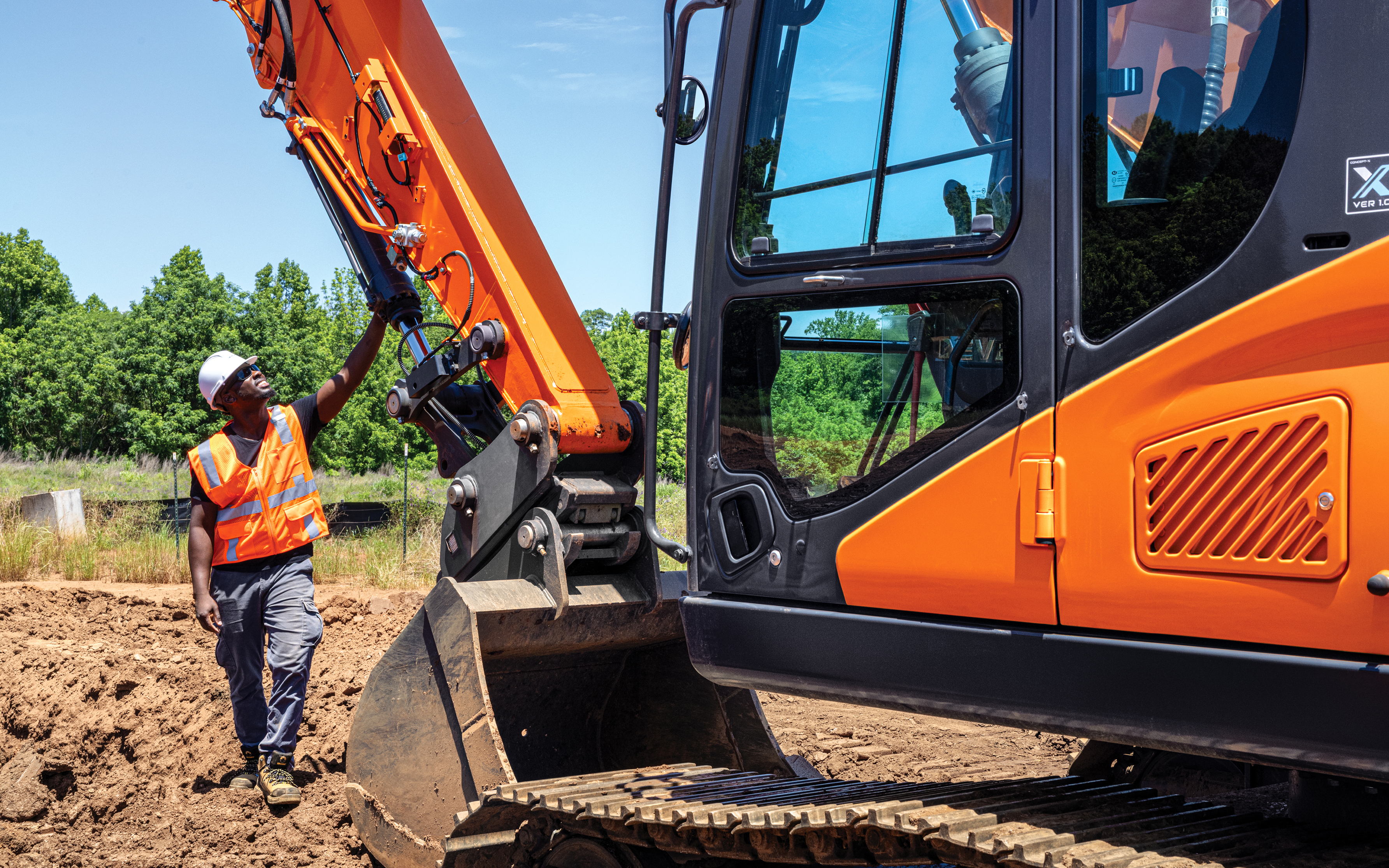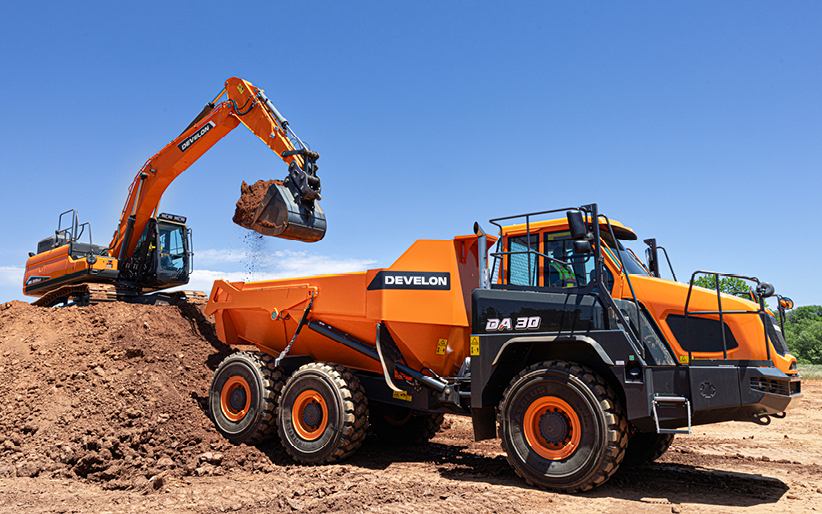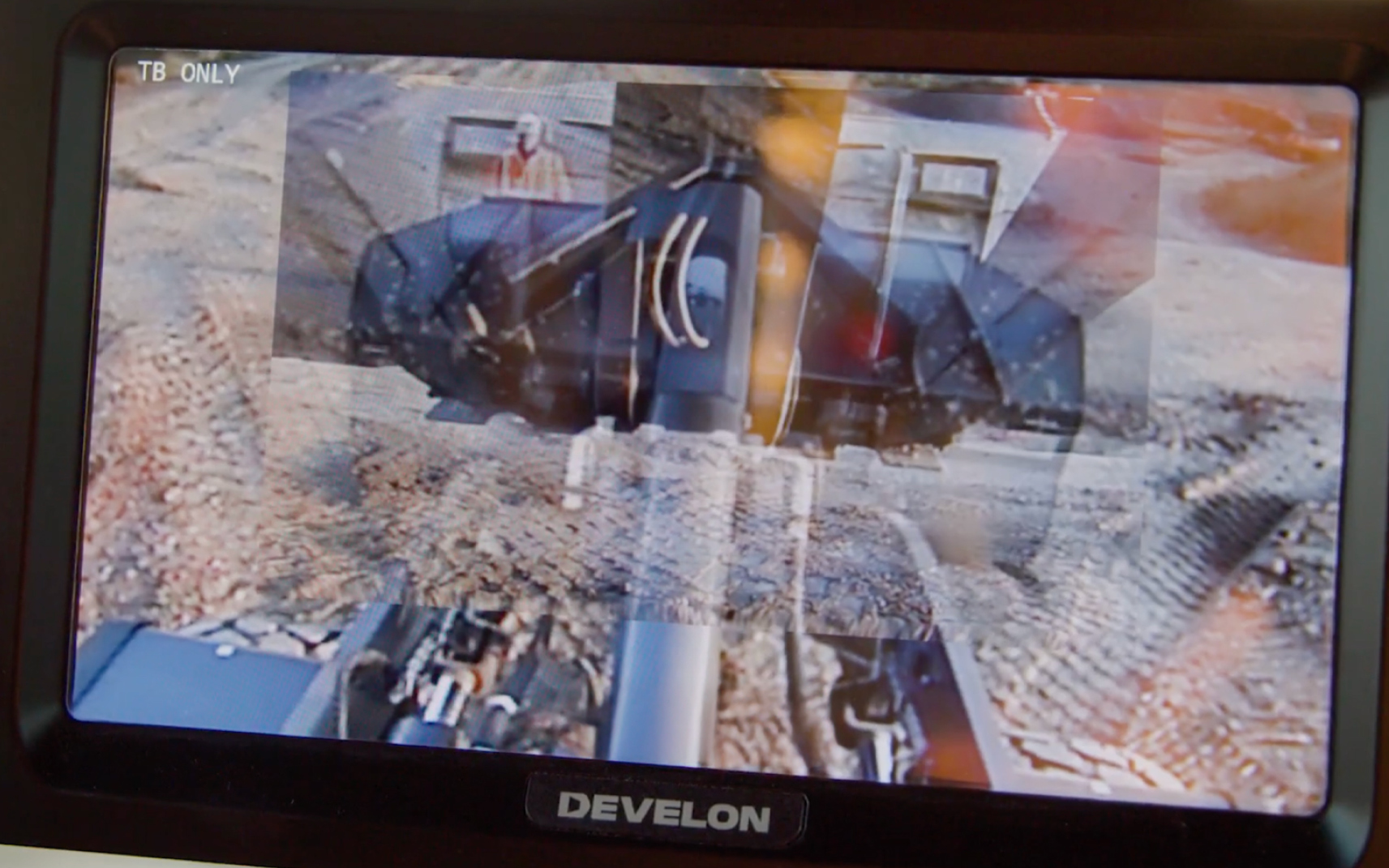Has your construction equipment been idle for an extended period? Are your machines ready for the upcoming work season? The right steps can ensure that your equipment is primed to move dirt this spring.
A quick note: It’s a good idea to begin with your Operation and Maintenance Manual. Review the section on preparing equipment for work to make sure you and your service technicians and operators are on the same page with preventive maintenance. If the manual is lost or you’re unsure where you saved the email containing the PDF version — no worries. You can request another electronic copy of the file from your local dealer. The manual is a good source for a heavy equipment maintenance checklist.
Here are four more steps to get your heavy machinery ready for spring.
Perform a Visual Inspection
A good first step when moving machines out of storage is to do a visual inspection. Begin at ground level and work your way around the machines, looking for issues beyond normal wear and tear.
Check the tires on your wheel loaders, wheel excavators and articulated dump trucks for any tears, cracks or leaks. For tracked machines, such as excavators and dozers, inspect for damaged links that may require replacement, and pay close attention to the undercarriage. Inspect the undercarriage components, such as tracks, rollers and idlers.
Inspect the hydraulic lines running along an excavator’s boom and arm. Be sure to note any damaged hydraulic lines and hoses that need repairing or replacing. Also, pay attention to the attachment connection, whether it’s a pin-on or quick coupler, and look for any signs of damage. Examine attachments for wear, particularly bucket teeth, and replace any damaged teeth.
Move your way up the piece of heavy equipment. Closely inspect the cab, starting with the exterior and moving inward. Ensure that the cab door closes securely, and check for any cracked or broken cab windows.
Once inside the cab, check for any damage that may have gone unreported last fall. Make sure the seatbelt is still working properly, and test the buttons and the machine’s lighting system. Replace any burned-out bulbs.
Create a list of repairs and establish a maintenance schedule for addressing them; then contact your local dealer and make an appointment for a service technician to perform the repairs. Better yet, consider a preventive maintenance plan for your construction equipment service to minimize operating costs and equipment breakdowns.
Open the Machine Panels
Open the machine’s panels and examine the interior. Depending on where you store your machines, you may find some surprises — such as little critters who made their winter home inside the machines. Remove any rodents or debris from the compartments.
While you have the machine panels open, connect the charged battery to the machine. You may have removed it last fall when you put the machine in storage for winter. If so, remove any corrosion from the battery before reconnecting it.
If you have a panel that is dented and doesn’t close properly, or if you need to replace a panel, contact your local dealer to order the replacement parts.
First impressions matter for your machines, too. How your equipment looks when it arrives at a job site says a lot about you and your company. Making simple repairs to panels or replacing them can go a long way toward impressing your customers. The same applies to repairing scratches or dents on the machines.
Check and Change Filters and Fluids
Now is a great time to check the dates and hours on your machine’s filters. You may be someone who writes the date on the filter when it was last changed. Your owner’s manual has a list of manufacturer’s recommended service intervals and when you should replace the filters. Now is a good time to change the filters to ensure that the machine performs well, especially if you’ll be working in dry, dusty conditions. Maintain a comprehensive record of all maintenance tasks and repair costs through detailed work orders.
Along with checking filters, it’s recommended to follow your manual’s specified service intervals for checking fluid levels and changing fluids. This includes checking the levels of engine oil, fuel, coolant, hydraulic circuit oil, as well as fluid analysis. If there is water in the oil, change all the oil. You may be able to do this yourself or with help from your trusted mechanic. Your dealer’s service department is your best friend when it comes to proper maintenance.
Before adding diesel exhaust fluid (DEF) to your equipment, confirm where it was stored. Fluctuating temperatures can negatively impact the fluid’s purity and concentration. If in doubt, get a fresh container from your local dealer.
Don’t wait to order the parts you’ll need to get the equipment ready for spring work. Give yourself and your dealer plenty of time to get the right parts to you when you need them.
Last but not least, when starting the machine’s engine after long-term storage, follow the “Hydraulic Oil Warm-up” procedures listed in the manual. Hydraulic oil can settle and may thicken during extended periods of inactivity. Warming up the hydraulic oil helps restore its optimal viscosity so it can flow smoothly through the system and effectively lubricate components.
Need help with your fleet maintenance? Check out our Smart X-Care service for 24/7 remote equipment monitoring.
Do Some Spring Cleaning
Now is an ideal time to clean your machine before moving it to your first job site.
If you cleaned the machine last fall, there may be very little to do this spring. However, if you ran out of time and only did the bare minimum, be sure to make up for it now. Use a pressure washer to clean the exterior of the equipment thoroughly. Remove built-up dirt from tracked machines and remove all grease from the hydraulic cylinder rods.
A dozer’s tracks are the hardest-working part of the machine. Not only should you keep the undercarriage clean and free of any debris, but you should also make sure that the tracks are maintained properly and the tension is set correctly. We make this step easy for our DD100 and DD130 dozers.
Don’t forget about the cab. Remove dirt and debris from the cab floor, take the mats out, and clean them. Wipe down all surfaces and clean the windows. Note any decals that may need replacing, commonly found on cab windows or panels inside the machine. Your machine may also be equipped with an operator quick start guide.
Some hard work and preparation now may save you headaches and machine downtime during the busy construction season. Don’t forget to collaborate with your local trusted dealer for any parts and service needs. They are there to support you and want you to be successful this year and beyond.
We’ve made it even easier for you to prep your heavy construction equipment this spring. Download our free spring equipment maintenance checklist to get started.

By Thomas Lee, Product Strategy Manager
Thomas Lee is a product strategy manager at DEVELON. He has more than 15 years of experience working in the heavy equipment industry and leads the product management team for all heavy products.



